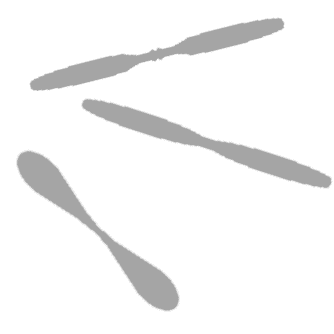The Bodhrán Site
'playing the Bodhrán'

Holding your Bodhrán correctly.
-
The best position for bodhrán playing is
sitting. some players prefer stand but this can make it
difficult to get different skin sounds using your other
hand on the back of the skin.. tuck the bodhrán tight
into your armpit, resting it on your thigh. hold your
bodhrán in place by pressing the rim against your ribs
with your arm.
Using your 'other' hand correctly
-
The 'other' hand in all cases is the hand
not holding your stick or tipper. use your arm to hold
the rim against your ribs while using your 'other' hand
between the crossbar and the skin to make the three basic
different skin sounds, open, flat and pushed.
Holding your tipper (bodhrán drumstick) correctly
-
You should hold your tipper like a pencil
between your middle, thumb and forefingers. hold it as
though you are going to draw on your own chest. start off
with the end nearest to you.
Nearly all rhythms start with a down-stroke.
Using your tipper
-
Imagine the face of your bodhrán is a
clock. try to strike your bodhrán on the down stroke
travelling from nine o' clock to six o'clock and striking
the skin at about seven o' clock and reversing the
movement at six o' clock. on the up stroke you strike the
skin at seven o' clock. (reverse all this if you are left
handed)
I know this sound confusing, just break it
up into steps.
-
hold the tipper in the middle (at the end for
single ended tippers)
-
your hand should be over the center of the drum
-
the business end of the tipper should be at 9
o'clock - away from the drum
-
the tipper should be about 2 inches (5 cm) from
the drum and parallell to the surface of the
drum.
-
begin moving the end of the tipper toward 6
o'clock all the while getting closer to the drum
until you actually strike the drum at about 7
o'clock
-
continue towards 6 o'clock moving the tipper away
from the drum.
-
your hand should still be over the center of the
drum
-
the business end of the tipper should be at 6
o'clock - away from the drum
-
the tipper should be about 2 inches (5 cm) from
the drum and parallell to the surface of the drum
-
come back the way you came, striking the drum at
about 7 o'clock ending up where you started.
-
Playing triplets
-
Some players never play triplets, some
play them all the time. the use of them comes down to
your ability to play them and your good judgement
and taste.
The triplet can occur by accident on the
down stroke when the tipper strikes the skin with the
other end. to play a triplet on deliberately is a far
greater feat that is learned by experience.
I found them immediately easy to play once
I made myself a tipper that was quite heavy at each end.
The momentum of the heavier end kept the tipper
travelling so that it was easy to get the other end to
strike the skin.
Once I mastered the triplet using the heavier tipper, I
found that I could apply the technique to any double
ended tipper fairly easily. when you get the hang of this
try single-ended triplets, they take a while to master.
One final piece of advice I can
pass on is this,
Try to move the tipper or stick by moving your
arm as though you are tightening a screw with a screwdriver,
twisting your emtire forearm and keeping your wrist straight, you
will be able to improve your speed, one-ended triples and most
importantly reduce the strain to your wrist.
Goodluck and happy playing.

